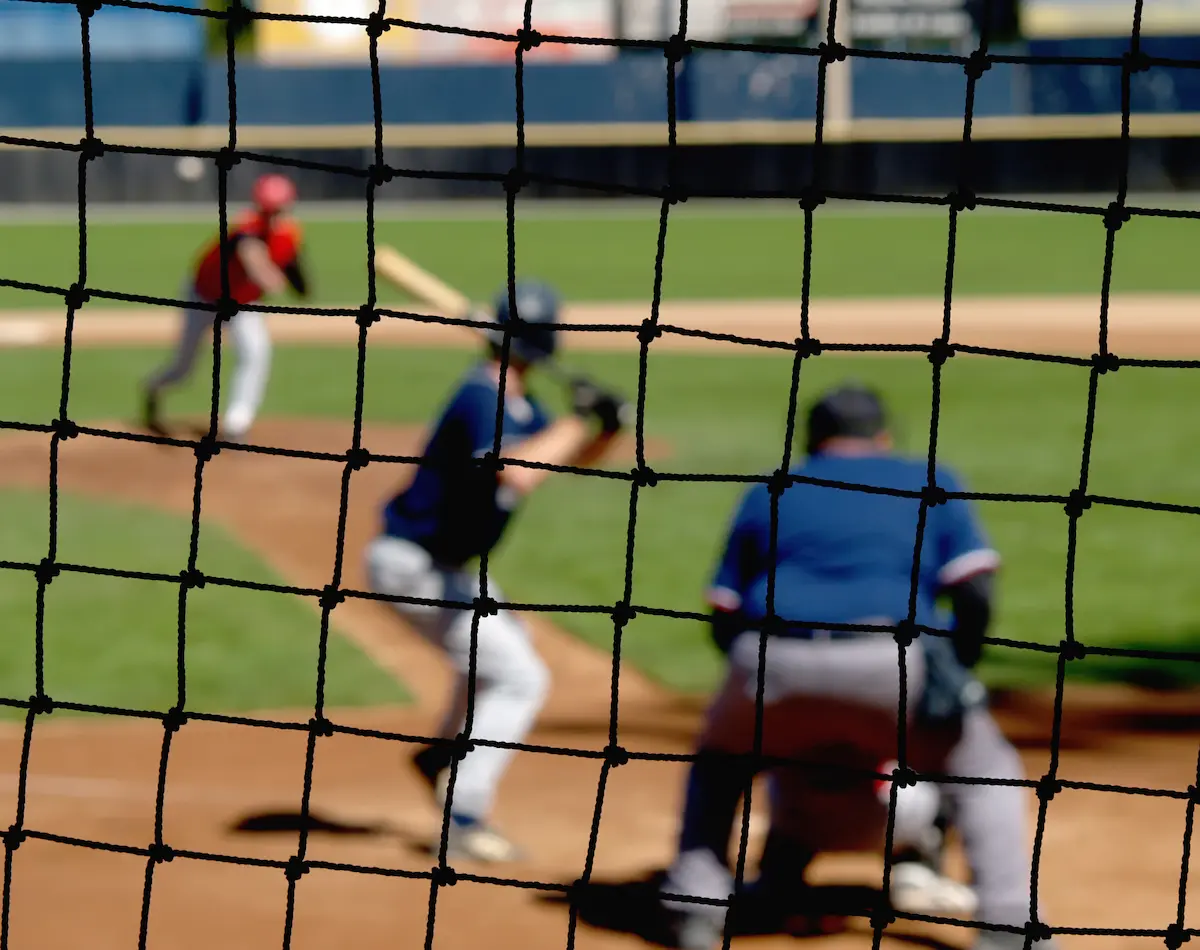Here in New Hampshire and Massachusetts, we are blessed to be surrounded by several baseball and hockey teams at the professional, collegiate, recreational, and youth levels. Notably though, many people do not realize the risks they are assuming when attending these sporting events. For example, you may not have known that if you attend a baseball or hockey game, and are hit by a flying puck or baseball and get injured, that you cannot recover money for any injuries you suffer. This concept is known as implied assumption of the risk, or in more memorable terms, the baseball doctrine.
While a facility owner usually owes a duty to protect people that enter their facility, courts have held under the baseball doctrine that baseball stadium and hockey rink owners usually do not owe a duty to protect spectators from being hit by a flying ball or puck. Courts reason that flying balls and pucks are natural occurrences in both baseball and hockey respectively, and that when a spectator attends one of these events, they are assuming the risk of being hit. Moreover, courts have stated that when spectators voluntarily sit in areas that do not have protective netting, they are willingly encountering the risks and dangers of being hit by a flying object. Finally, in many cases, courts have determined that stadiums do not need to even provide you with warnings of being hit by flying objects because the dangers of being hit by a ball or puck are blatantly obvious to ordinary people.
So, what can you do to protect yourself and your loved ones from injury the next time you are at a baseball or hockey game? First, try to sit in an area that is covered by protective netting. In baseball stadiums, this is usually directly behind home plate and around the dugouts, though this tends to vary by stadium and the level of play. For example, most town baseball parks do not have any protective netting and only have tall fence directly behind home plate. In hockey arenas, protective netting can usually be found in the sections behind the net and in the corners. At the youth and recreational levels, the location of netting and the type of netting can often vary, so be sure to verify where netting is when you enter an unfamiliar rink.
Second, be sure to pay attention to what is happening in the field of play. We often find ourselves increasingly on our phones at sporting events, especially with the advent of mobile sports betting. Yet, being on your phone during game action is one of the quickest ways to be struck by a flying object. In light of this, try to keep your phone away and only check it when there is a lull in the action, or you are out of the zone of danger where you could be hit. Notably, while it would be wonderful for everyone to not need to check their phone, many of us have work or other responsibilities that require us to be checking our phones routinely. If you fall into this category and need to answer an important text, email, or phone call, try to step away to an area where you will not be at risk or at less risk of being struck by a flying object.
Doing these things may not be fun or glamorous, but they can protect you and your family from severe (and potentially deadly) injuries, while also ensuring that if you do have a claim against the facility owner, that your damages will not be reduced. If you have recently suffered an injury at a sports facility and need advice about what the best way forward is, please contact our team of attorneys today.
We have 2 office locations: 25 Nashua Rd., Suite C5, Londonderry, NH 03053. Phone number is (603) 434-6331. Our 2nd office is at 137 Main St., P.O Box 669, N. Woodstock, NH 03262. Phone number is (603) 745-8600.
By: Seth Corwin, Intern (22’-23’ 3L at UNH Law)
